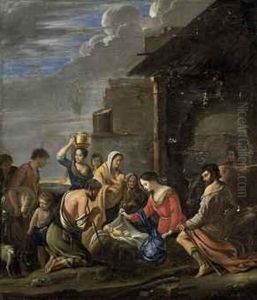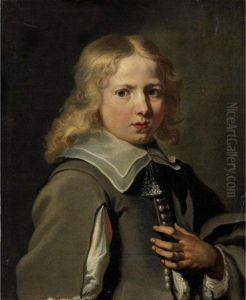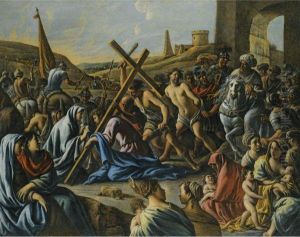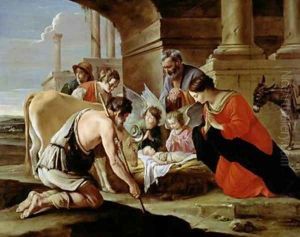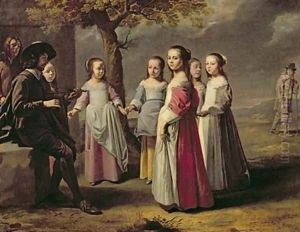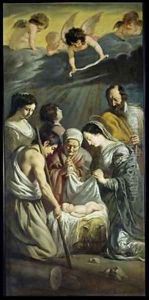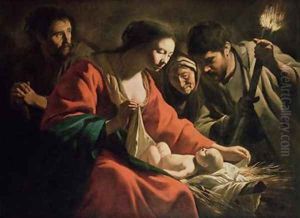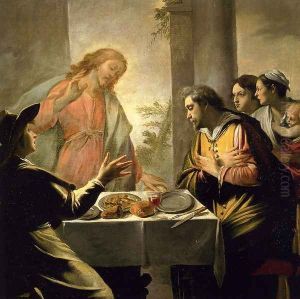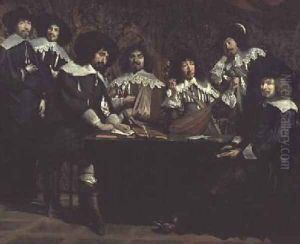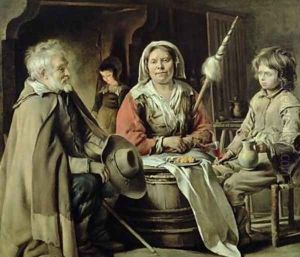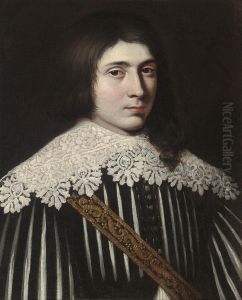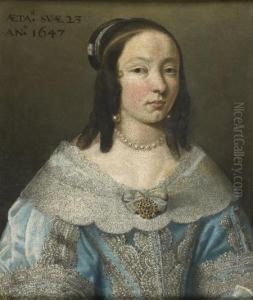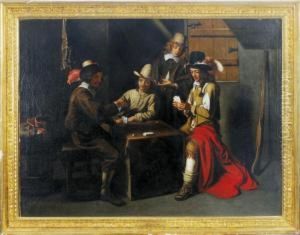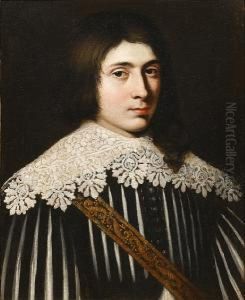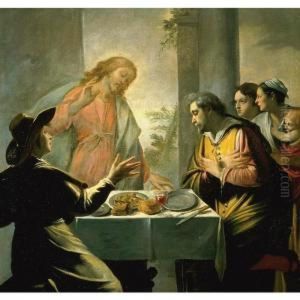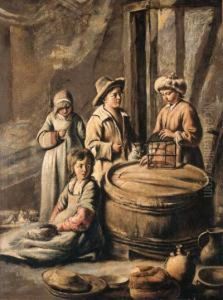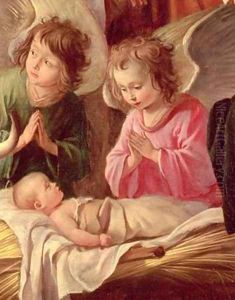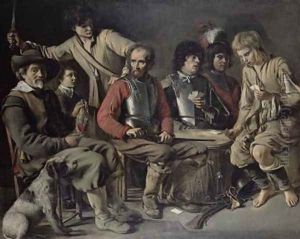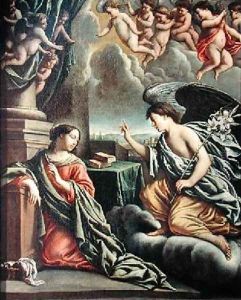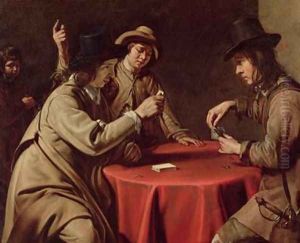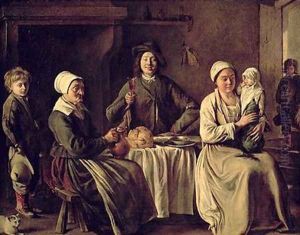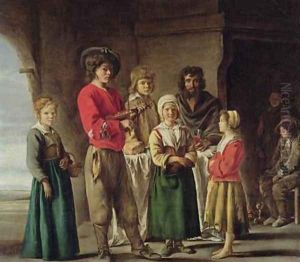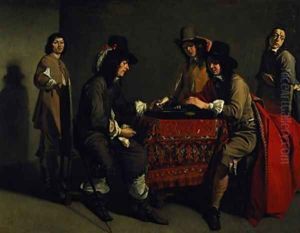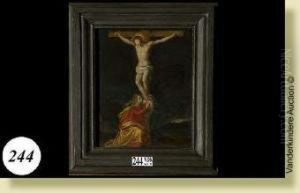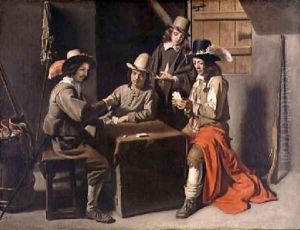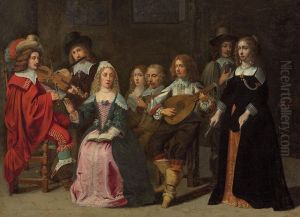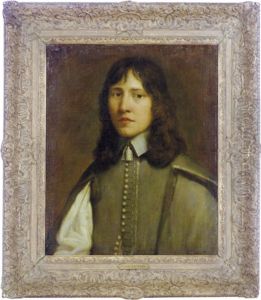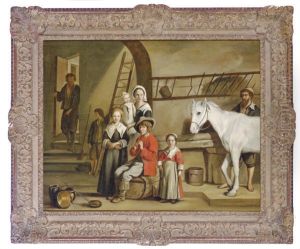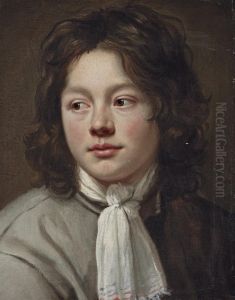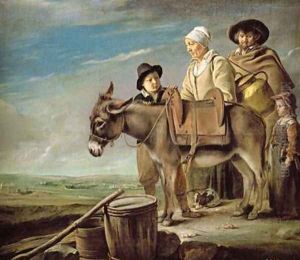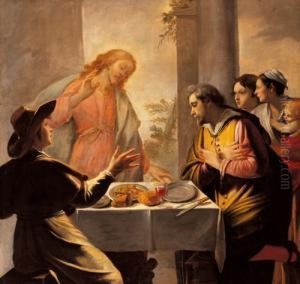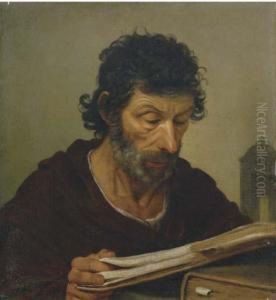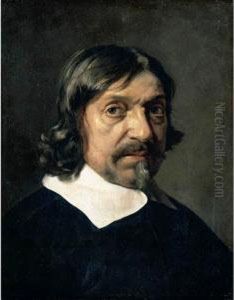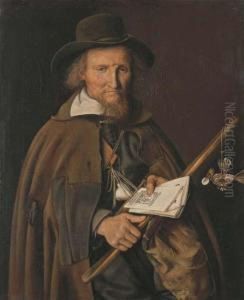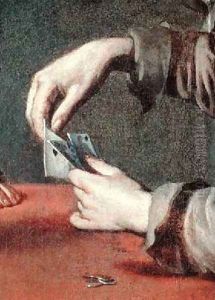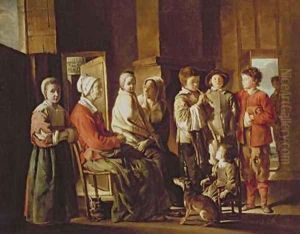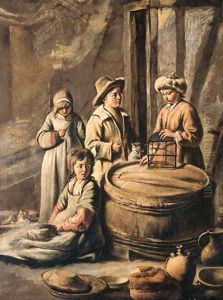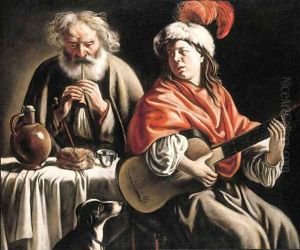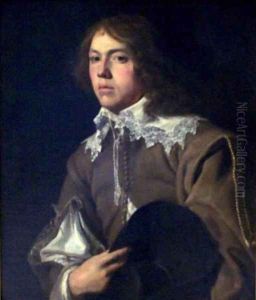Mathieu Le Nain Paintings
Mathieu Le Nain was a French painter born in 1607 in Laon, a town in northern France. He was the eldest of three brothers, all of whom were painters and often worked together. His brothers were Antoine and Louis Le Nain. They collectively became known as 'the brothers Le Nain.' Mathieu and his brothers moved to Paris, where they shared a studio and collaborated on their artwork, which made it difficult to distinguish their individual styles and contributions.
The Le Nain brothers were known for their genre scenes, portraying everyday life of the peasantry with a dignified and compassionate approach. Their works are characterized by a somber color palette and a focused attention on the human subjects. Mathieu, in particular, is believed to have been responsible for some of the more solemn and structured compositions.
Apart from genre scenes, the brothers also painted religious subjects and portraits. Mathieu's work, along with his brothers', showed a unique blend of realism and the classical French Baroque style. Despite their common themes, each brother brought a distinct quality to their works. The Le Nain brothers' paintings were appreciated for their honest representation of rural life and their ability to convey the humanity of their subjects.
Unfortunately, the details of Mathieu Le Nain's life are not as well-documented as his artwork. What is known is that the brothers were well-regarded in their time. They were received into the Parisian painters' guild, and in 1648, Mathieu became a founding member of the French Royal Academy of Painting and Sculpture.
Mathieu Le Nain passed away in 1677 in Paris. The legacy of the Le Nain brothers, and Mathieu in particular, has had a lasting impact on the French painting tradition, influencing the evolution of genre painting in France. Their works are now held in numerous museum collections around the world, including the Louvre in Paris and the Metropolitan Museum of Art in New York.
